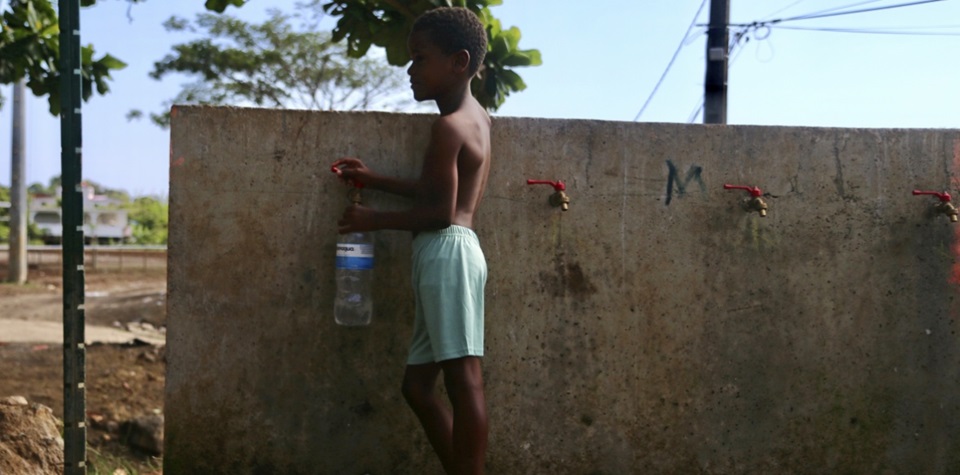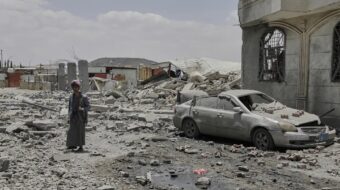
About a third of children globally live in areas with limited access to water, according to a damning new United Nations report published on Monday.
In a supplement to the landmark 2021 Children’s Climate Risk Index, the UN children’s agency UNICEF said last year around 739 million children across the globe were exposed to high or extremely high water scarcity.
The report also said that 436 million children live in areas of high or extremely high water vulnerability.
The report said that every region of the world, including the richest nations, faces challenges related to water scarcity, and with the climate emergency “the problem is projected to get much worse over the coming decades.”
Unicef said that droughts are becoming more frequent and more severe, lasting longer and covering wider areas as a consequence of climate change and increased water demand — and this was contributing to higher water scarcity.
It said: “Water scarcity not only presents a threat to agriculture, industry, and economic growth but also makes it more difficult to keep water, sanitation and hygiene services running.
The report said “Water demand is exceeding the available renewable resources, further compounding water scarcity. Globally, demand has more than doubled since 1960.”
According to UNICEF the worst affected area is South Asia where some 347 million children are facing severe water shortages.
The figure represents over half the number of children living in the region.
South Asia is home to more than a quarter of the world’s children and is increasingly affected by climate change-related disasters such as floods and droughts.
The UN says 55 percent of children in the area are affected by water scarcity, the highest rate worldwide.
It said: “Climate change is disrupting weather patterns and rainfall, leading to unpredictable water availability.”
After south Asia, eastern and southern Africa are the next most affected by climate change, with 130 million children facing severe water scarcity, the report said.
The report comes ahead of the UN climate conference in Dubai which begins at the end of this month.
Unicef said that the 28th Conference of the Parties must see more action by the international community to “ensure a planet worth living on for children.”
“Safe water is a basic human right,” said Sanjay Wijesekera, the Unicef chief for South Asia.
We hope you appreciated this article. At People’s World, we believe news and information should be free and accessible to all, but we need your help. Our journalism is free of corporate influence and paywalls because we are totally reader-supported. Only you, our readers and supporters, make this possible. If you enjoy reading People’s World and the stories we bring you, please support our work by donating or becoming a monthly sustainer today. Thank you!










